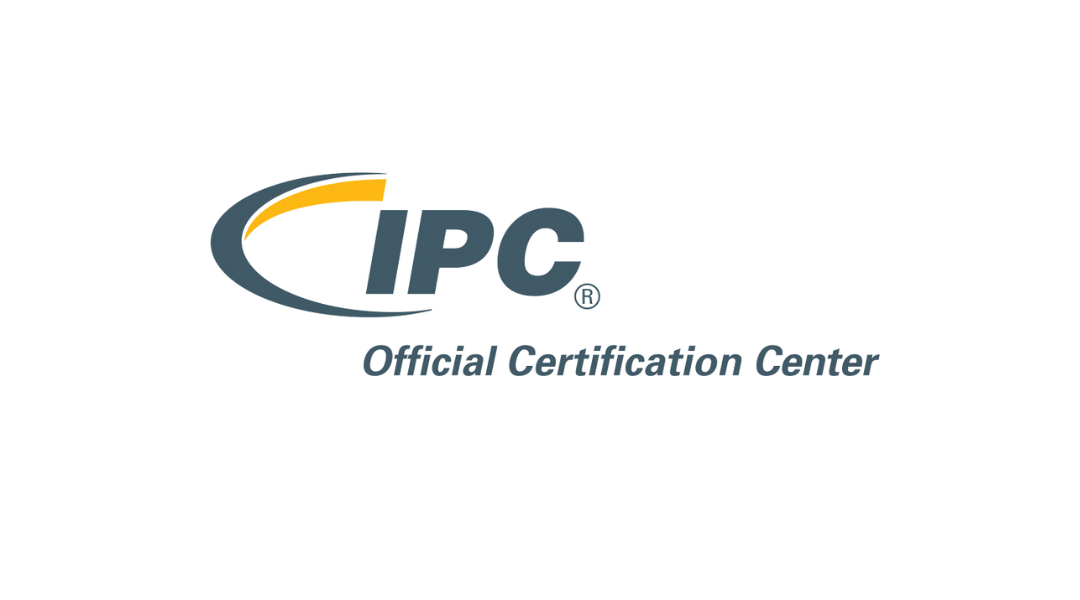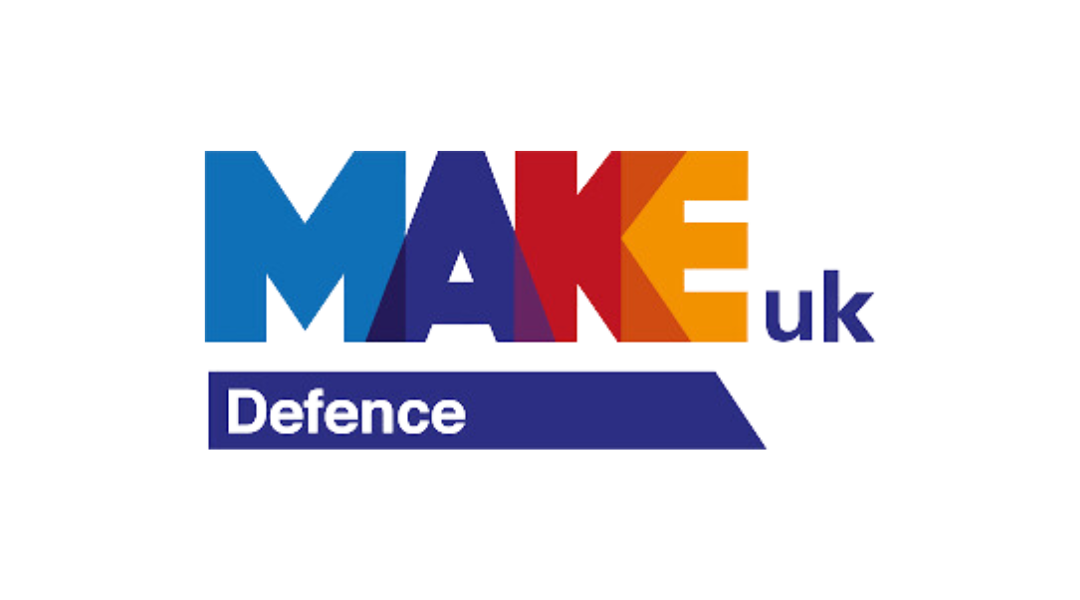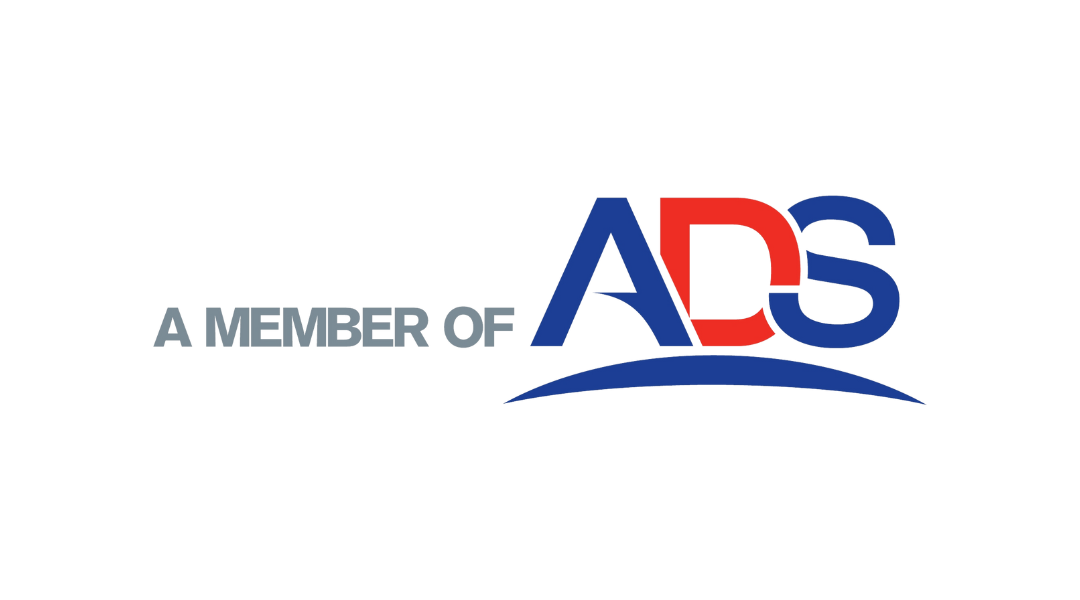Electronics Competency Assessment
Electronics Competency Assessment
Ensuring Skillful Precision
How do you know if your electronics manufacturing team is truly competent? At Marq-One, we go beyond years of experience, delving into the practical application of knowledge through our Competency Assessments.
Competency is more than just education; it’s about repeatable outputs gained through a holistic approach encompassing Education, Exposure, and Experience (3E).

Areas of Competency Assessment
Inspection
Can your inspectors consistently identify and agree on what is ‘good’ or ‘best practice’? Are they aligned with industry standards like IPC A610?
Assembly
Can individuals effectively perform tasks like soldering? Are they aware of and adhering to relevant standards such as J-STD 001?
Measurement
How are you measuring the competency of your team? Are you using benchmarks and analysing rejection rates per individual against industry standards?
The 3E Approach
- Education: Training contributes to roughly 10% of the knowledge needed for the task.
- Exposure: Real-world experience and application form a significant part of competence development.
- Experience: The culmination of education and exposure results in a skilled and competent workforce.
Why Measure Competency?
Understanding the competence of your team directly impacts scrap, reject, rework rates, and overall costs. Unawareness of competency discrepancies can jeopardise customer relations and long-term reputation. Poor competency can be a costly affair, affecting profitability and influencing customers’ sourcing decisions.
Staying on top of wastage due to scrap, rework, and repair is crucial to safeguarding profits.
Ensuring Skillful Precision
How do you know if your electronics manufacturing team is truly competent? At Marq-One, we go beyond years of experience, delving into the practical application of knowledge through our Competency Assessments.
Competency is more than just education; it’s about repeatable outputs gained through a holistic approach encompassing Education, Exposure, and Experience (3E).

Areas of Competency Assessment
Inspection
Can your inspectors consistently identify and agree on what is ‘good’ or ‘best practice’? Are they aligned with industry standards like IPC A610?
Assembly
Can individuals effectively perform tasks like soldering? Are they aware of and adhering to relevant standards such as J-STD 001?
Measurement
How are you measuring the competency of your team? Are you using benchmarks and analysing rejection rates per individual against industry standards?
Measurement
How are you measuring the competency of your team? Are you using benchmarks and analysing rejection rates per individual against industry standards?
The 3E Approach
- Education: Training contributes to roughly 10% of the knowledge needed for the task.
- Exposure: Real-world experience and application form a significant part of competence development.
- Experience: The culmination of education and exposure results in a skilled and competent workforce.
Why Measure Competency?
Understanding the competence of your team directly impacts scrap, reject, rework rates, and overall costs. Unawareness of competency discrepancies can jeopardise customer relations and long-term reputation. Poor competency can be a costly affair, affecting profitability and influencing customers’ sourcing decisions.
Staying on top of wastage due to scrap, rework, and repair is crucial to safeguarding profits.




